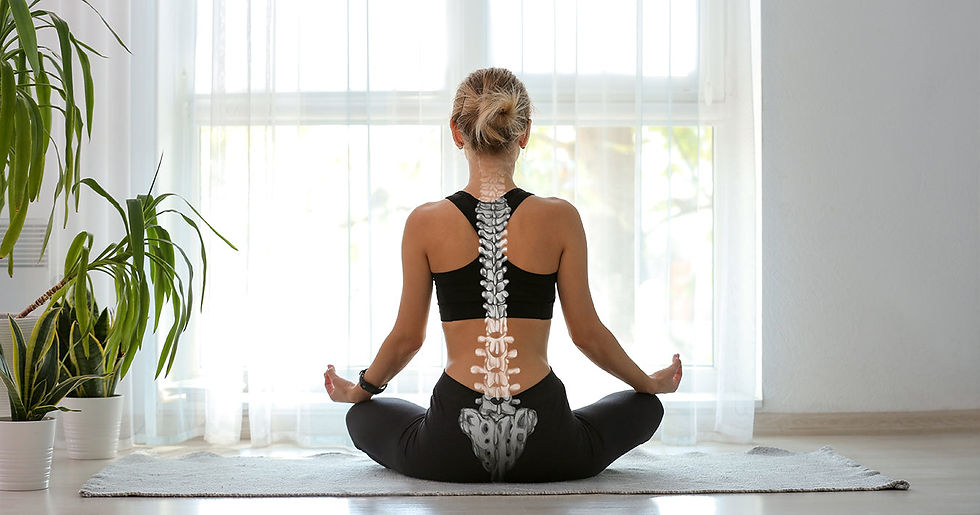The Role of Posture in Preventing Chronic Back Pain
- Spinal Decompression Center

- Jul 14
- 2 min read
Your posture is more than just how you carry yourself—it directly impacts the alignment of your spine, the balance of your muscles, and the pressure placed on your joints. When your posture is poor, it can slowly lead to muscle strain, nerve compression, and structural changes in your spine, all of which contribute to chronic back pain.
In contrast, good posture keeps your body aligned and your spine in its natural curve, reducing stress and promoting healthy movement patterns.

How Poor Posture Leads to Back Pain
Common postural issues—like slouching at your desk, craning your neck toward your screen, or standing with your weight shifted to one hip—can all create a ripple effect of tension and pain. Over time, these habits:
Tighten and weaken muscles in your neck, shoulders, and lower back
Increase pressure on spinal discs, leading to herniation or degeneration
Pinch nerves, causing shooting pain, numbness, or tingling (especially in the legs or arms)
Disrupt spinal alignment, which can accelerate joint wear and tear
Benefits of Good Posture for Spine Health
Practicing proper posture offers a range of benefits, including:
Reduced back and neck pain
Improved circulation and digestion
Enhanced lung capacity and breathing
Decreased risk of spinal degeneration
Better energy levels and mood
At The Spinal Decompression Center, we often see patients who experience significant relief simply by addressing their posture in combination with decompression therapy.
Daily Posture Tips to Protect Your Back
Here are some simple changes you can start making today:
Sit Smart: Keep your feet flat on the floor, knees at a 90-degree angle, and shoulders relaxed. Use lumbar support when sitting for long periods.
Stand Straight: Distribute your weight evenly on both feet. Keep your head level and shoulders back—not hunched.
Take Movement Breaks: Avoid staying in one position for too long. Stand, stretch, and walk every 30–60 minutes.
Check Your Workstation: Your monitor should be eye-level, and your keyboard should allow your elbows to stay at your sides.
Strengthen Core Muscles: Core stability supports your spine and helps you maintain better posture naturally.
Combine Better Posture with Spinal Decompression Therapy
Correcting posture can go a long way, but sometimes chronic back pain is rooted in deeper issues like herniated discs or spinal compression. That’s where spinal decompression therapy can help.
Our non-invasive treatments relieve pressure on spinal discs and nerves, working hand-in-hand with posture correction to deliver lasting relief.
If chronic back pain is disrupting your daily life, it’s time to take a closer look at your posture—and your treatment options. Contact The Spinal Decompression Center today to schedule a consultation and discover how a combined approach of spinal decompression therapy and postural correction can help you move better and feel better.





Comments